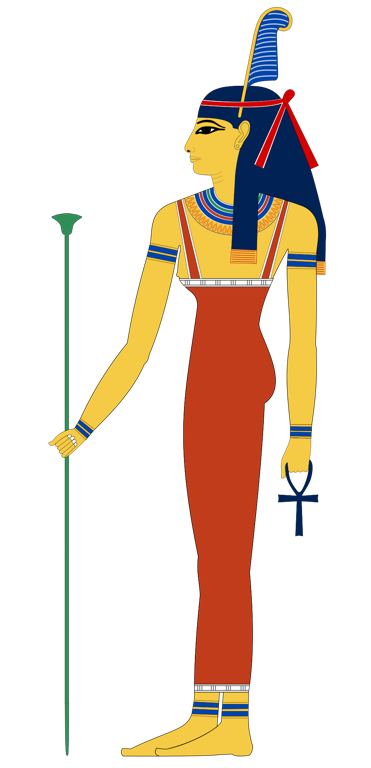Summary
The Essence of Ma’at: Harmony and Order
The ancient Egyptian concept of Ma’at stands at the heart of the civilization’s ethos, representing truth, balance, order, and justice. Integral to both earthly life and the afterlife, Ma’at was not only a divine force but also an abstract idea. The Egyptians believed that adherence to Ma’at ensured the stability of society and the regularity of the cosmos. Pharaohs were its chief advocates and enforcers, responsible for maintaining Ma’at in the kingdom. This divine principle was visually depicted as a goddess, typically shown as a woman donning an ostrich feather or holding a scepter and ankh, signifying life. Temples and tombs frequently displayed representations of Ma’at, underscoring her encompassing influence on ancient Egyptian culture.
Get your dose of History via Email
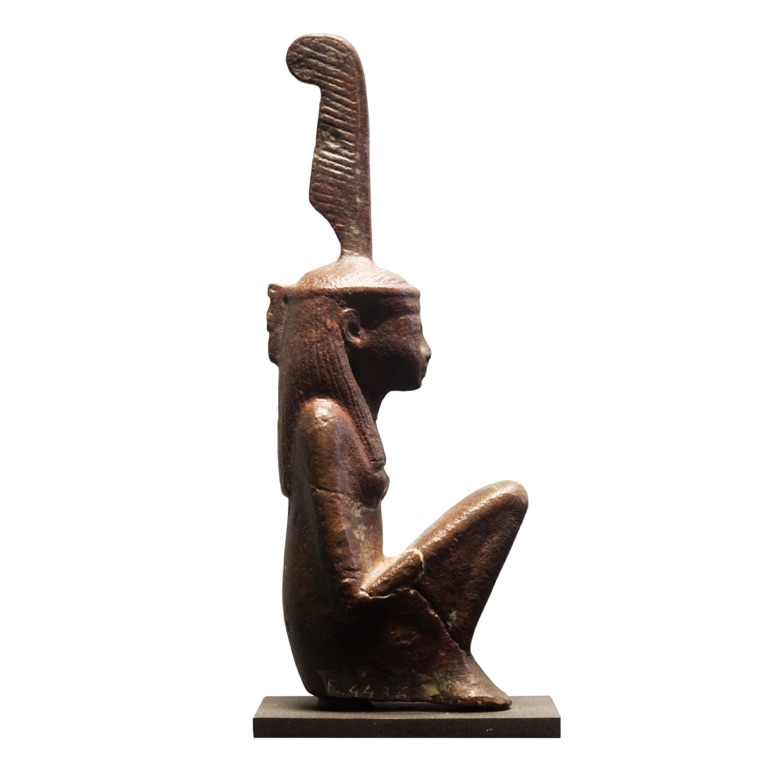
Role in Divine and Mortal Realms
In the celestial realm, Ma’at played a pivotal role in the judgment of souls. In the Hall of Two Truths, the heart of the deceased was weighed against her feather on the scales of justice. A heart balanced with Ma’at allowed for a blessed afterlife, while failure led to annihilation by the fearsome Ammit. The concept went beyond mythology, shaping the daily lives of Egyptians. It guided their actions and provided a moral compass, influencing law-making, social interactions, and spiritual practices. Ma’at’s principles were evident in the wisdom literature of sages, who imparted teachings to promote a life aligned with her truths. This ancient philosophy of balance continues to captivate scholars and enthusiasts, reflecting a society deeply rooted in order and harmony.
The Concept of Truth, Balance, and Order in Ancient Egypt
The Essence of Ma’at
In the heart of Ancient Egyptian culture lies Ma’at, a concept that goes far beyond the simple idea of truth. It embodies the intrinsic order of the universe, weaving together social, political, and cosmic harmony. To the Egyptians, Ma’at was an essential force, like air or water, critical for sustaining life. Rulers and common folk alike aspired to uphold the principles of Ma’at, viewing it as a fundamental duty. Artifacts and texts depict Ma’at as a goddess wearing a feather, a symbol that came to represent fairness and balance in the weighing of the heart ritual during the journey to the afterlife.
Living by Ma’at
Daily life in Ancient Egypt was deeply influenced by the goddess’s tenets, infusing its ethos into every aspect of existence. From judicial proceedings to agricultural practices, Egyptians sought to act within the framework of Ma’at, keen on maintaining societal equilibrium. Such adherence promised prosperity and prevented the chaos that was believed to lurk in Ma’at’s absence. The role of the Pharaoh was to be the “Shepherd of Ma’at,” tasked with applying these principles not only domestically but also in foreign affairs, thereby ensuring a world order aligned with the divine.
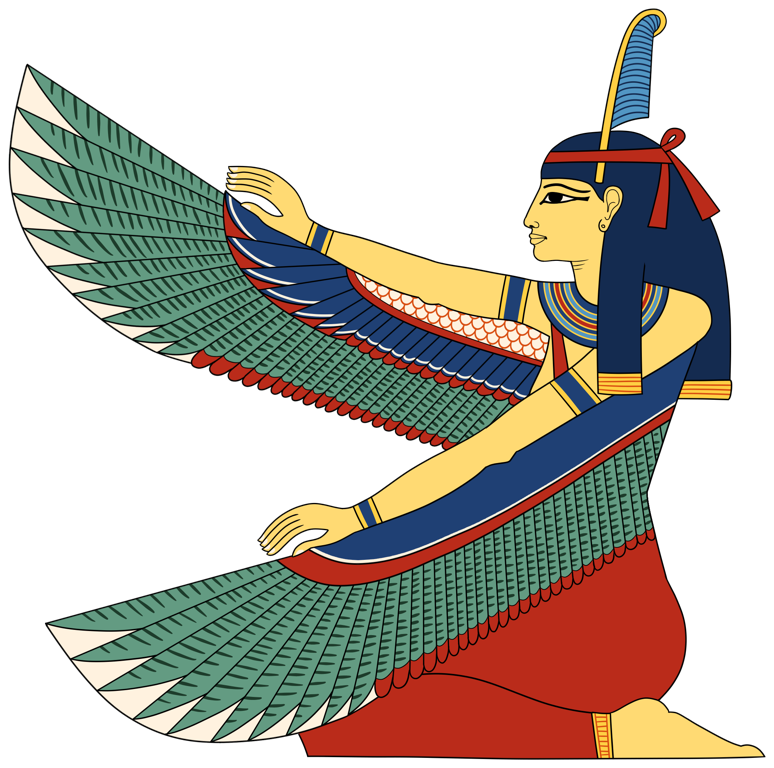
Legacy of Ma’at
The weight of her legacy is immense, permeating through the millennia into contemporary times. Even today, its impact is seen in modern concepts of justice and moral philosophy. The surviving texts and monuments bear testament to its enduring influence, reminding us of a civilization’s pursuit of something greater than mere rules and codes—a pursuit of a balanced, just, and harmonious existence. Through the lens of Ma’at, we see not just the past, but also a guide for how we might approach our current social systems to foster a harmonious balance between truth and justice.
The Symbolism of the Goddess’s Feather in Judging the Dead
Ma’at’s Feather: A Symbol of Truth and Order
In the ancient Egyptian belief system, Ma’at, the goddess of truth and justice, played a pivotal role in the afterlife. Her emblem, an ostrich feather, was the ultimate symbol of moral integrity. The heart of the deceased was weighed against this feather during the Weighing of the Heart ceremony. Here, the heart represented one’s soul and all the deeds carried out over a lifetime. If the scales balanced, it signified a life lived in harmony with the goddess’s principles. This act was crucial, as it determined the soul’s fate in the afterlife.
The Weighing of the Heart Ceremony
The ceremony was no mere ritual; it served as the divine judgment of one’s character. Presided over by Osiris, the god of the afterlife, and a council of 42 divine judges, the process was stringent. Each judge represented one of the 42 laws of Ma’at, covering aspects of both civil and religious duty. The heart had to be ‘lighter than the feather’ to pass this test. If not, it meant that the individual had lived a life contrary to Ma’at’s laws. Such souls faced erasure from memory and a potential second death, from which there was no return.
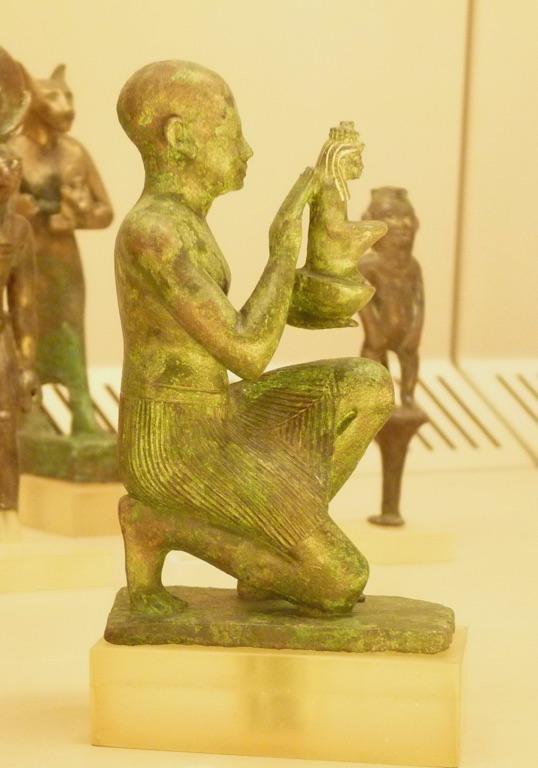
The Lasting Influence of Ma’at
Even today, the feather of Ma’at resonates as an icon of balance and fairness. It highlights the timeless value of ethical living and the belief in a moral universe. The symbol has made its way into literature, art, and popular culture, often as a motif of judgment and the importance of living a virtuous life. For the ancient Egyptians, the feather was a daily reminder to live in a way that would tip the scales in their favor, transcending death and achieving immortality through a just legacy.
Ma’at’s Influence on Egyptian Law and Governance
In the fabric of ancient Egyptian society, the concept of Ma’at played a pivotal role in shaping law and governance. Ma’at represented truth, balance, order, and justice which were essential in maintaining cosmic harmony. The pharaoh, as the upholder of Ma’at, was central in ensuring that these principles permeated every aspect of governance. Rules and regulations derived from Ma’at were not just earthly laws but divine decrees that linked the pharaoh and deities to the people. It was believed that the welfare of the nation directly depended on the adherence to these values.
The Divine Foundation of Egyptian Jurisprudence
Ma’at was the cornerstone of Egyptian jurisprudence, shaping a legal system that was advanced for its time. Legal decisions based on Ma’at elaborated a clear sense of right and wrong which guided judges – the ‘priests of Ma’at.’ This guidance was crucial as they balanced matters with a feather, symbolizing Ma’at, against the heart of the deceased during the judgment of the dead. The physical representations found in art and hieroglyphs serve as a testament to the profound importance of Ma’at in society and in the afterlife. It exemplified the Egyptians’ belief that one’s actions in life would determine their fate after death.
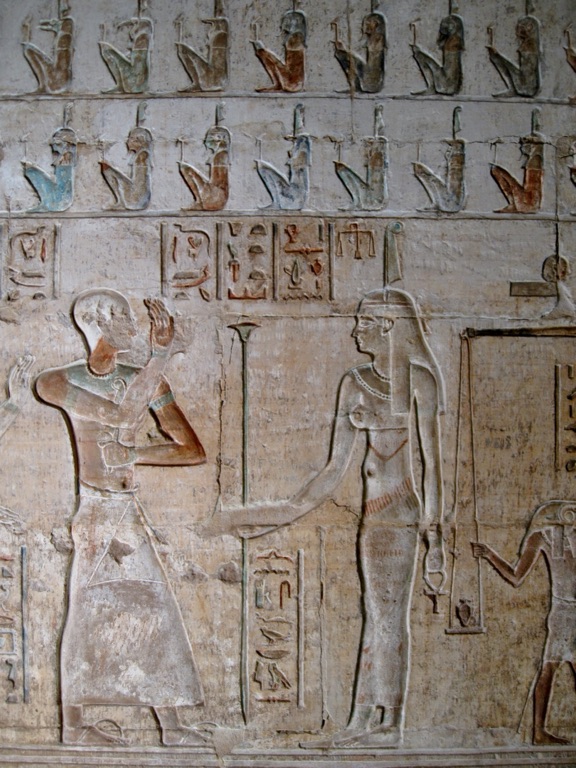
Ma’at’s Socio-political Impact
Society itself was a reflection of Ma’at, where social stratification was accepted as part of a balanced order. The concept extended into daily life, influencing interactions and transactions among citizens. Commerce, agriculture, and all manner of public life were imbued with the principles of the goddess, creating a cohesive societal framework. This unity was reflected in the construction of monumental architecture, where the harmonious proportions echoed the values of Ma’at in physical form. Egyptologists continue to explore Ma’at’s role in ancient society, unveiling ways in which it influenced governance, class structure, and the moral compass of day-to-day Egyptian life.
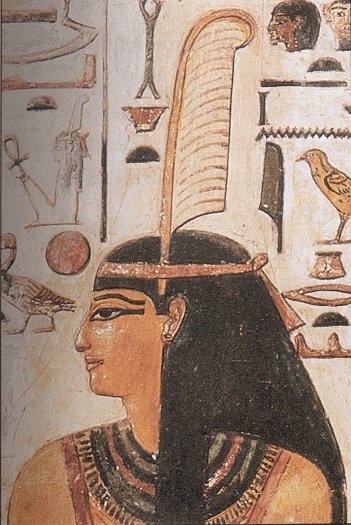
For further reading and to validate the information presented in this article, the following sources are recommended:

